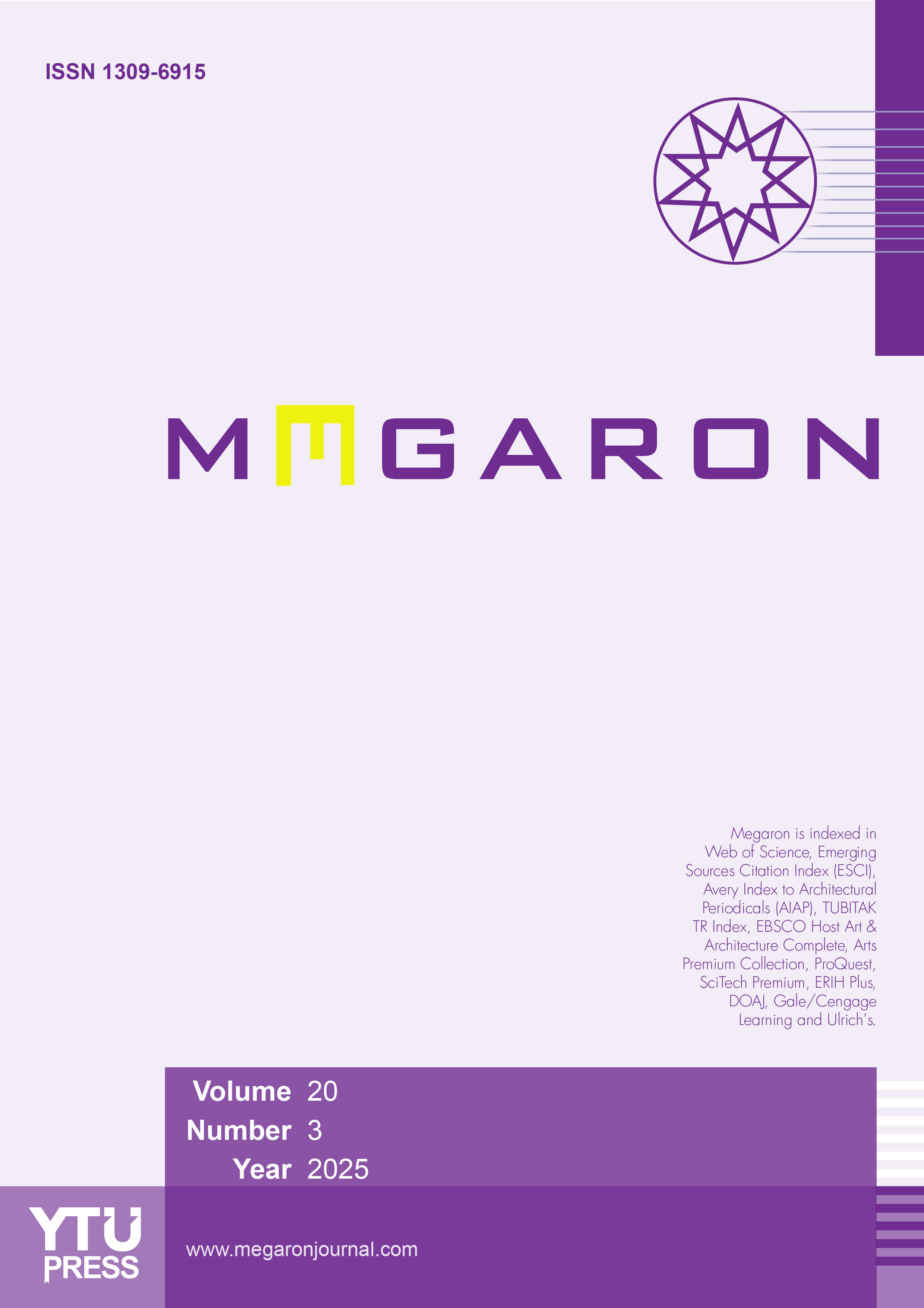Socio-spatial dynamics of class habitus: Reproduction of the middle class in Kozyatağı neighborhood
Başak Bülbül Akın1, Asuman Türkün21Department of Political Science and Public Administration, Marmara University Faculty of Political Science, İstanbul, Türkiye2Department of Urban and Regional Planning, Yıldız Technical University Faculty of Architecture, İstanbul, Türkiye
This study examines the interaction between class and space, focusing on the mechanisms of "harmony and continuity" in the Kozyatağı neighborhood, where traditional and new middle classes coexist. The research aims to explore how class fractions and spatial practices contribute to the reproduction and transformation of urban space. Instead of focusing on large-scale, rapidly developing transformation areas, the study investigates the process of gradual, parcel-based urban transformation in a middle-class neighborhood, with a particular emphasis on socio-spatial continuity and change mechanisms, and the impact of urban transformation activities on these mechanisms. A qualitative research approach is adopted, utilizing semi-structured in-depth interviews with 45 participants, ethnographic observations, and data analysis with the MAXQDA software. The software supports a reflexive approach in discovering mechanisms and analyzing data, taking the researcher’s position into account. The study is structured around three key scales: macro (broader socio-economic developments and urban transformation processes), district (common socio-cultural characteristics in Kadıköy), and local (neighborhood dynamics specific to Kozyatağı). Findings indicate that spatial continuity is sustained through common values, perception-taste-thought patterns, and social relations formed between class fractions at the district and local levels. The perceived class habitus of space significantly shapes residential location choices and mobility patterns. However, external conditions such as the economic crisis, the pandemic, and the earthquake have disrupted local dynamics, undermining class reproduction mechanisms and triggering intra-class conflicts. The study combines critical realism and Bourdieu’s theoretical framework to contribute to the field of urban planning by addressing the coexistence practices of different class fractions and the external interventions affecting these practices.
Keywords: Bourdieu's habitus and capital, critical realism, Kozyatağı neighborhood, middle class fractions, parcel-based urban transformationManuscript Language: English








